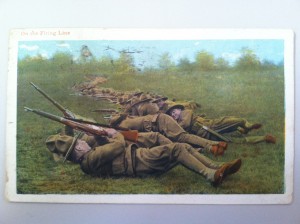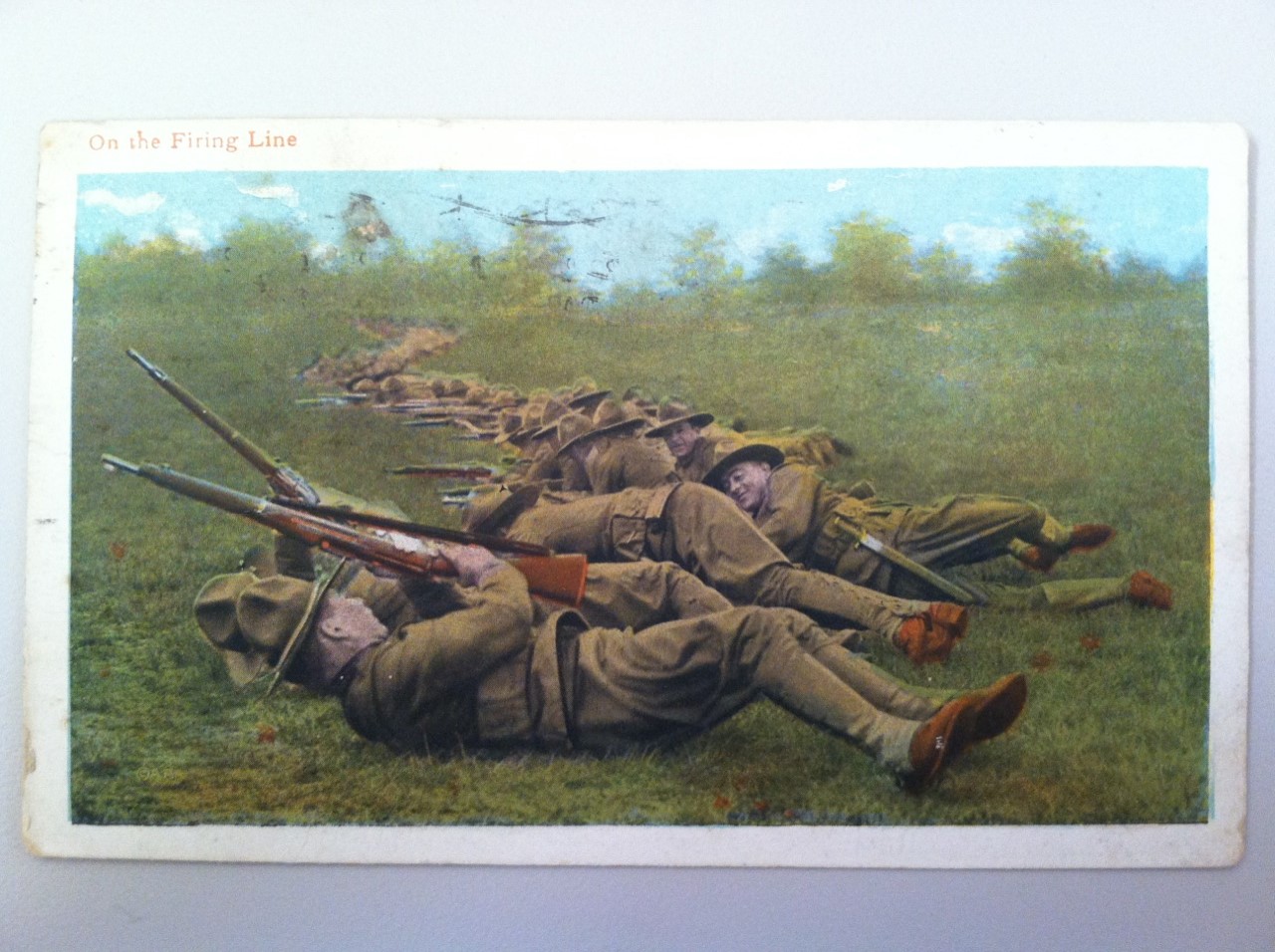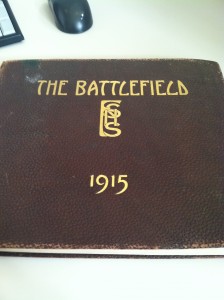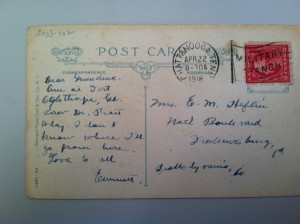This week our milestone was to have all of the text for our website drafted, and we successfully met it! Not all of the text has been uploaded and published on our site yet–that is the next step that we will be working on. We also need to add in citations for our work (an issue that we are still discussing: footnotes? endnotes? where do we put them? etc.). Colin mentioned in class that I showed him how to do footnotes in WP. For anyone else interested, here are the basic instructions.
- Place the numbers for your footnotes where they would normally appear in the text body.
- When you’re writing a post, there are two view options: Visual and Text. The default view is Visual. To make a footnote, switch to the Text view (top right-hand corner).
- Find the numbers that you need to superscript.
- Enclose the footnote numbers in the superscript tags, like so: “sup”1″/sup”. Except instead of quotes, use the triangular brackets < > .
- At the bottom of your post/page, create a line (I simply use A LOT of hyphens). This step can be done in the Visual or the Text view.
- Then start numbering and list your citations! It should look like so:
This is a sentence containing information that needs to be cited.1 If you have any questions, just ask!
Additionally, we’ve also been ironing out navigation issues with our site. I am an advocate of drop-down menus, so that visitors wouldn’t have to return to the Fredericksburg or FSNS homepages in order to choose another category. Basically, it’s easier navigation. However, Julia, Candice, and Jack didn’t like the idea of drop-down menus, especially because they can be distracting if accidentally moused over by a viewer. We have compromised by adding links at the bottom of each narrative, so that viewers may continue on to the next story (or go back), and we will also include navigation links in a custom sidebar so that visitors do not have to scroll all the way to the bottom for navigation. The sidebar is also great because it shortens the width of our text area, which was too large for our liking–we were afraid it would intimidate viewers.
Another navigation issue we struggled with was where to place the icons for each narrative within the Fredericksburg and FSNS main pages. We want visitors to read the introduction text, so we initially placed the icons at the bottom. However, when they are at the bottom, you can’t see them until you scroll all the way down–visitors may never know that they’re down there if they don’t bother to read the whole page! We considered placing them alongside the text, Wikipedia-style, but decided that that method wouldn’t look as visually appealing. Our only concern with having the icons at the top of the page was that visitors would automatically click the icons without reading the introduction. However, as long as we keep the icons a reasonable size (which we are) visitors can still see the text below and know that there is something they should read before looking at the other narratives. A classmate of ours (from UMW’s ADH2014 class) suggested labelling the narratives chapters–an idea which we really like and are trying to incorporate into the site. We aren’t going to number the chapters because that may seem too constricting, so we are just keeping them as categorical chapters.
Aside from the larger issues of navigation and layout, we have been battling the smaller issues in WP like image gallery spacing and visibility of image captions. We have also been having great debates about what pictures to use for the icons on the Fredericksburg and FSNS main pages, as well as the home page for the entire site. It’s taken a lot of backtracking and persistence, but we have finally located images from the time period that are representative of Fredericksburg and FSNS, as well as each of the categories we discuss. (There is one category–Influenza Epidemic at FSNS–that we could not find the perfect image for. We were hoping to find an image of the FSNS infirmary, which I thought definitely existed, but apparently my brain completely fabricated that memory. We settled for a picture of two students in nursing uniforms.) Finding these images has actually been really exciting because they help the site take a much better shape and definition!
Finally, we have also been working on the overarching Century America home page. Candice talked to the MapsAlive people and Dr. McClurken has cleared it for our use!2 This interactive map will be on the CA homepage and have links to the websites for each of our schools. The homepage will also contain brief information about the project and class. On a separate page there will be a large timeline (thanks everyone for sending me your dates and citations!) with school, national, and international events from the time period. The CA will also have a separate “About” page and “Credits” page.
It has been an exciting week for us at UMW–we love the shape our site is finally taking!!
———————————————————————
1. Wow, a footnote! How cool!
2. Special thanks to Dr. McClurken for finally approving our choice of MapsAlive.







